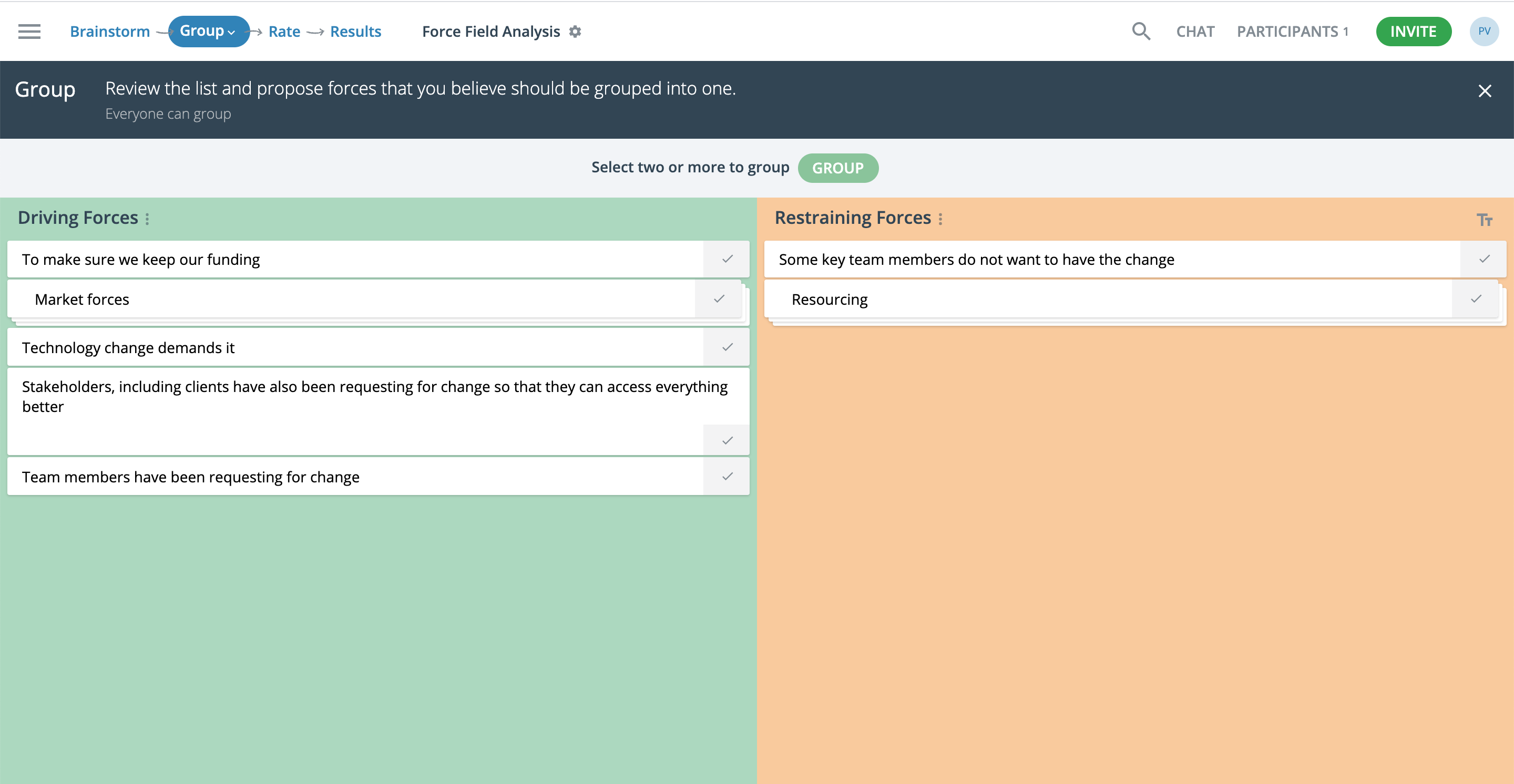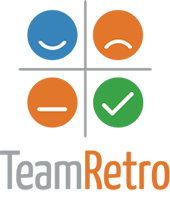
What is a Force Field Analysis?
Force Field Analysis is a tool that helps a change practitioner to visually map and analyze the driving and resisting forces behind a project, a decision or initiative. A Force Field Analysis does this identifying two forces that are arranged as opposing forces or as a “force field.” These two forces are driving forces (those that are working in the direction of the change) and resisting and/or restraining forces (those that tend to support the status quo).
Force Field Analysis is a powerful decision-making tool that was originally developed by Kurt Lewin in 1951. Today, the Force Field Analysis model is still used by many organizations for supporting change processes.
The idea behind Force Field Analysis is that situations are maintained by an equilibrium between forces that drive change and others that resist change. So, for change to happen, the driving forces must be strengthened or the resisting forces weakened.
A Force Field Analysis template in GroupMap helps you to visually map and brainstorm, in real time, the driving and resisting forces around decisions to be made.
Why do a Force Field Analysis?
When you are making difficult or challenging decisions, using an effective and structured decision-making technique such as the Force Field Analysis can help to improve the quality of your decisions and increase your chances of success.
Conducting a Force Field Analysis will help you to see the bigger picture, to identify and overcome obstacles and to develop a plan which will significantly increase the likelihood of a successful outcome.
- Anchors and Engines
- PEST Analysis
- Risk Assessment
Tips for Effective Force Field Analysis
- The analysis is best carried out in small groups who are directly involved in the change implementation process.
- Change affects everyone so it is important that everyone else who is also likely to be affected by the change is kept in the loop. This will gain everyone’s commitment and support for the change itself.
- Involve everyone affected in the planning, development and decision-making from the very beginning.
- Use anonymity to make sure all team members feel safe when participating around sensitive issues.
- Lewin, Kurt. 1946. “Force Field Analysis.” The 1973 Annual Handbook for Group Facilitators. 111-13.
- https://en.wikipedia.org/wiki/Force-field_analysis
Who Can Use a Force Field Analysis?
Anyone involved in the change implementation process or need to diagnose problems can use the Force Field Analysis. This includes but is not limited to:
- Human Resources
- C level suites / executives
- Teams, departments, sections that are focused on change management
- Change management consultants
Use the Force Field Analysis model to help with:
- Analyzing the balance of power
- Identifying the key roles involved in decision-making
- Identifying who supports and opposes change within the organization
- Exploring ways to influence those who are against change
- Deciding whether to go ahead with a proposed change or not
Force Field Analysis Template
A Force Field Analysis Template provides a visual representation of the driving forces and restraining forces for and against an initiative, a project or change proposal.
Common dimensions used for a Force Field Analysis map include:
Driving Forces
Examples can include:
Competitive advantage, need for increased productivity, overwhelming customer request, new technologies, internal team requests, new trade or commercial restrictions and requirements, to achieve funding grants & initiatives, etc.
Questions to ask:
- Why do we need to make these changes?
- Who is requesting for this change and why?
Restraining Forces
Examples include:
Associated costs for change, opposition from some team members, potential unhappy customers and lost loyalty and revenue, available resources to manage change, time available to make the change/s on time, etc.
Questions to ask:
- What factors will affect us moving forward?
- Who will oppose us moving forward or making changes?
The resulting brainstorm allows for scoring to understand how important the forces are and how to address them in a further action plan or SWOT analysis.
How to Do a Force Field Analysis
Assemble a small group – between 5 – 9 people – who are directly involved in the change implementation process.
There are six general steps to completing a Force Field Analysis and the time taken will depend on the organization, the complexity of the forces, the number of people involved, amongst other things.

Scope
Assess the current situation of the organization in terms of the issue at hand.

Define
Identify what objectives the team would like to gain from conducting this analysis.

Brainstorm
Together with your group, discuss and list all of the driving and restraining forces.

Score
Evaluate the influence of each force by assigning them scores on a matrix that determines their importance.

Report
Report on the outcomes and share the results of the analysis with the rest of the team or company for good communications.
Start the session by identifying and discussing the current situation in terms of the issue at hand with the key stakeholders.
Some of the topics you can identify at this time include:
- Challenges you are facing due to the proposed change or new project or initiative;
- Reaction of the employees;
- Why the change or initiative and project is being proposed;
- What will happen if the change proposed fails to be implemented.
To make this scoping exercise easier, you can use the Anchors and Engines map to understand what is weighing down the move for change (anchors) and what are the factors that can drive or support change (engines).
Like everything we do and get together to work on, it is important to determine and agree on the expected outcome of the change initiative.
Once you have defined this, you can add them inside another box in the Force Field Analysis map and move it to the middle in between the driving and restraining forces.
Invite your working group to start sharing or individually listing the driving and restraining forces influencing the expected outcomes at the centre of the Force Field Analysis Map.
Driving forces are the factors that are in favor of the proposed change or the ones that support the achievement of the defined goal. They tend to be considered positive forces and can include factors that benefit teams and/or the whole organisation such as:
- Increasing competitiveness;
- Reducing costs via better productivity and efficiency;
- Requested by stakeholders and customers so that they can get their service or product better and faster;
Some of the items you list here might come from your own knowledge and/or conversations and surveys you have had with other team members and customers.
After brainstorming the driving forces, you and your team should focus on identifying factors that will block being able to achieve the goals identified.
Restraining forces tend to restrict the impact of the driving forces and stop change or a new project from happening. Examples can include:
- Fear of loss of jobs caused by change;
- Costs associated with change;
- Impact on existing projects and resourcing that needs to be diverted to implement change.
One thing you need to keep in mind is not to be subjective when deciding which forces to add to the force field analysis and which ones to leave out.
In GroupMap’s Force Field Analysis, you can use digital sticky notes or a whiteboard to capture and display the brainstorming.
To identify which forces will require the most attention first and rank them in order of actioning or addressing, it is important to evaluate the influence of each force by assigning them scores.
Everyone in the group can then assign each force a score based on the impact they have on the change initiative.
Based on the scoring, you can decide whether the proposed change is viable.
You can use the “Rate” function in GroupMap to create a numerical scale ( for example 10 being extremely strong and 1 being extremely weak).
As mentioned above, change affects everyone so it is important to report on the results and next steps from the Force Field Analysis activity.
One way to share the outcomes if to compile a report on the results of the Force Field Analysis process.
The report should contain information on:
- What change or initiative is proposed and why they are required / what can be achieved with the change;
- The identified important / ranked forces driving and restraining change;
- The actions to address the identified forces;
- Timeframes for implementation.
You can then use the report to:
- Communicate outcomes with participants and relevant stakeholders to encourage buy-in and dispel any fears that team members have;
- Monitor the status of actions, and resource allocations on a regular basis as they are likely to change over time;
- Provide a foundation for future Force Field Analysis processes;
- Contribute to other business development and planning processes.
GroupMap automatically generates visually appealing reports in several formats for distribution, saving time and effort after the workshop.

Save Effort, Time and Money with GroupMap
GroupMap offers more than just an online digital whiteboard—it’s innovative platform is designed to enhance the quality of your team’s decisions. With features that prevent bias and make facilitation seamless, GroupMap ensures no single voice dominates and ensures productive, inclusive conversations.
Its intuitive interface is easy for anyone to use, and its scalable design supports small teams and large groups whether they are face to face or around the globe. Customisable templates and workflows keep discussions focused on objectives, helping you drive actionable outcomes each and every time.
Create your first map and invite people in to start sharing their thoughts NOW.
Experience the power of GroupMap with our FREE 14 day trial.
Your free trial gives you access to all of our features, no credit card required.
